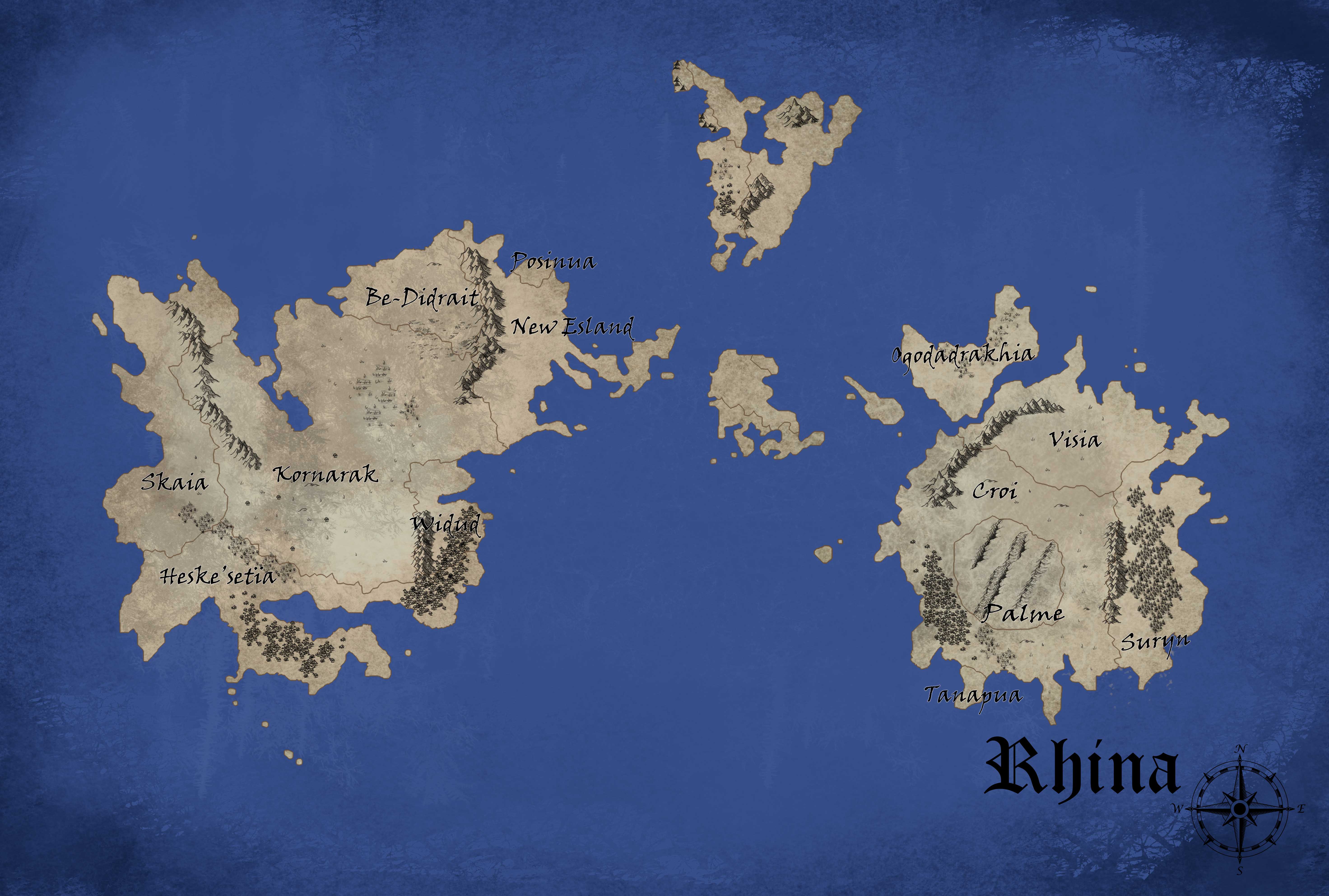Bone-eating parasite
In the Deadlands, few creatures can survive. Flesh and bones are less likely to be alive than they are to be dead, but that doesn't completely stop them from wandering the wasteland. Carnenos, colloquially known as the bone-eating or flesh-eating parasite, burrow into dying or deceased creatures hijacking the muscles that remain to navigate to other food sources.
Basic Information
Anatomy
Carnenos are typically too small to be seen with a mortal's eye. However, they grow continually with age and they don't seem limited by lifespan. This mean an especially mature Carnenos is large enough to be visible. They are ameboid creatures without any familiar body parts; they have no eyes or legs.
The main conceit of Carnenos is their ability to attach to the nerves of their host. They essentially hijack the nerves and send their own electrical impulses to control the creature. This allows them to control muscles, reanimating dead creatures to walk again. They are also able to hijack other organs, such as eyes and noses to gain sensory information. Carnenos communicate amongst themselves as their own sort of nervous system, creating long connected chains throughout the host to send messages.
Carnenos dissolve and consume the flesh of their host, limiting the amount of time the parasites may inhabit a host. So they must always be seeking new hosts. In addition to running out of meat, this has the additional detriment of destroying the body, making movement and use of other organs more difficult... The easiest way to find a new host is to produce offspring, which can survive in water by hunting other microorganisms while awaiting their new host. Carnenos will also navigate their host using the host's sense of smell to an injured or decaying organism and spread to the other creature if possible. They do not seem attracted to healthy hosts.
Genetics and Reproduction
Carnenos are true obligate parasites, destroying their host for their own benefit (if the host is still living) and reproducing in its bones. The parasite migrates within the host, dissolving holes in the bone, most often vertebrae, to reach the marrow. Carnenos reproduce sexually, infecting the marrow to produce more parasites rather than blood cells. Mature Carnenos will navigate the host to a body of water to allow the zygotes to leave the host.
Growth Rate & Stages
Carnenos zygotes are immature, and predatory rather than parasitic. To mature, Carnenos live in standing bodies of water, feeding on microscopic creatures in the water. This also allows them to infect new hosts that drink the water. This is a common source of death in the Deadlands; drinking any water is a slow death, but a death sentence nonetheless.
Ecology and Habitats
The Deadlands is the only known habitat of Carnenos. They seem to have found a niche where weak or dead creatures are in high supply and not much else survives.
Additional Information
Perception and Sensory Capabilities
Carnenos are not known to have any sensory capabilities, relying instead on their host's senses to navigate the world. This can be problematic if inhabiting a particularly decayed creature. While Carnenos do not need the nervous system to be fully intact-- they don't need signals to travel all the way to the brain-- they do require that the organ and associated nerves are preserved. By attaching to the end of the olfactory nerve or optical nerve they are able to use the host's nose, eyes, or other organ.
Geographic Distribution
Remove these ads. Join the Worldbuilders Guild









Comments